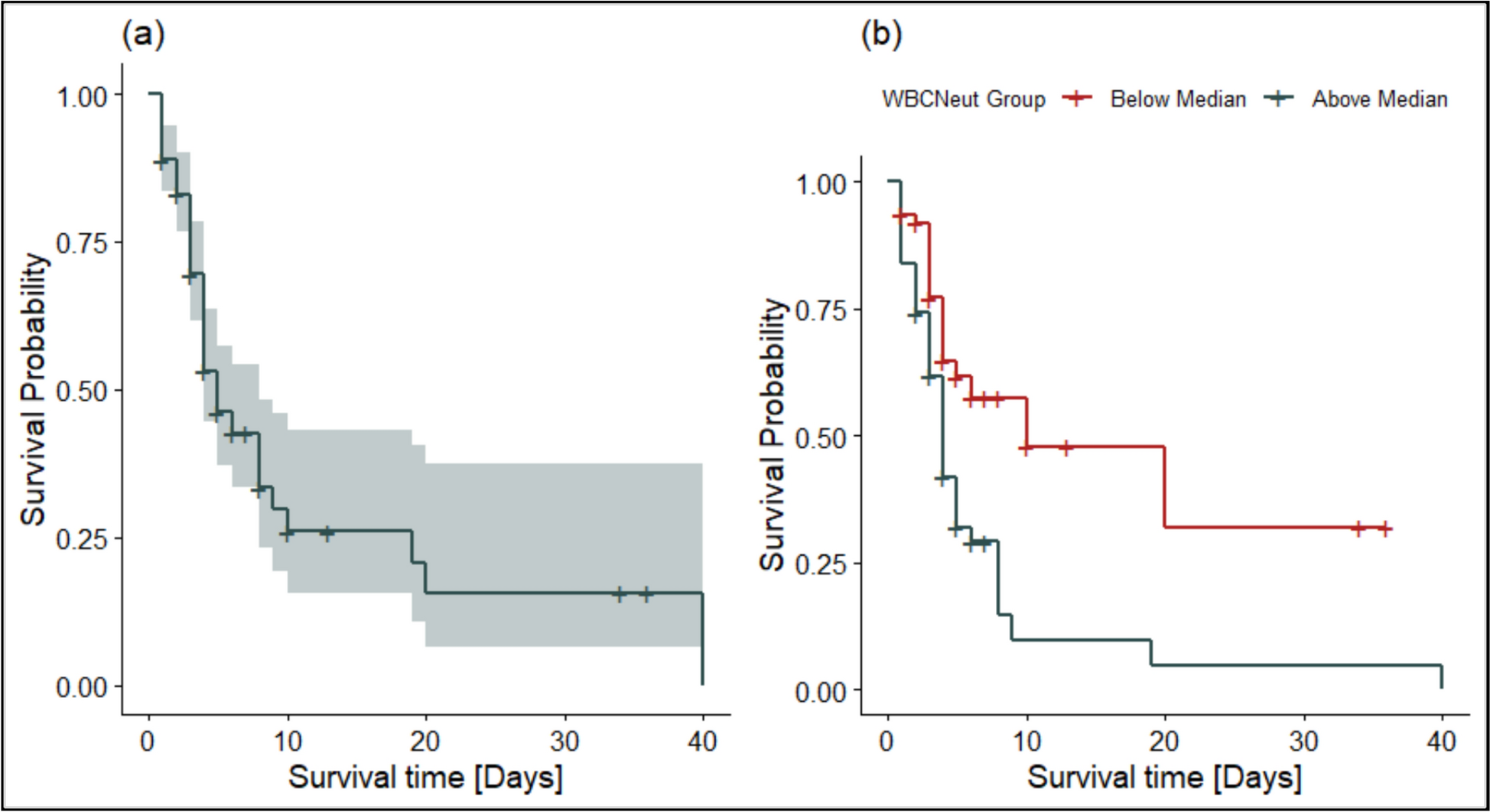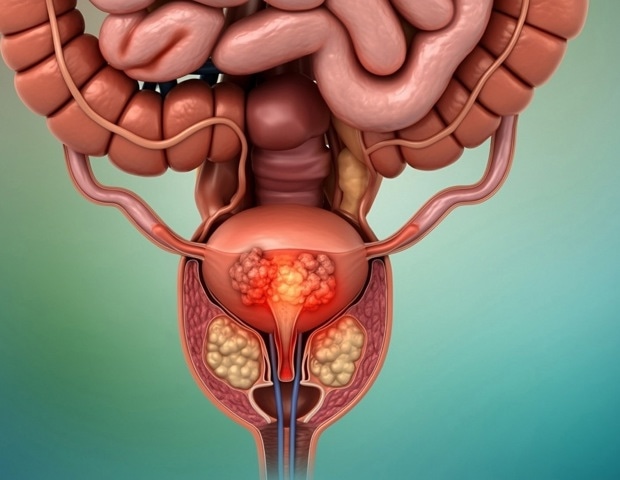Menopause before the age of 45 (known as early menopause) is associated with an increased risk of an array of serious diseases, including cardiovascular disease and osteoporosis. A new study suggests that it may also force women out…
Category: 6. Health
-

Brains of Stranded Dolphins Showed Signs of Alzheimer’s Disease : ScienceAlert
Might brain damage linked to Alzheimer’s be one of the reasons dolphins lose their way and end up stranded? It’s a possibility explored in a new study of 20 common bottlenose dolphins (Tursiops truncatus) stranded in the Indian River Lagoon,…
Continue Reading
-

Prognostic value of low-cost white blood cell indices and procalcitonin for mortality in Rwandan sepsis patients: a prospective intensive care unit study | Tropical Medicine and Health
A total of 125 patients were followed up over 40 days. Of these, 56 (44.8%) were females and 67 (53.6%) were males. The proportion of deaths was marginally higher among males (56.7%) compared to females (50.0%), although this difference did not…
Continue Reading
-

Many men receive frequent prostate cancer tests without symptoms
Current prostate specific antigen (PSA) testing “may not effectively target testing to those most likely to benefit, raising concerns about overtesting” warn researchers from the University of Oxford in a study of over 10 million…
Continue Reading
-

Researchers identify four distinct profiles of Nonverbal Learning Disability
A study published in JAMA Network Open identifies four distinct profiles of Nonverbal Learning Disability (NVLD), providing evidence that may help refine diagnostic criteria and guide more individualized approaches to care for…
Continue Reading
-

New drug candidates show promise for restoring myelin in MS
Multiple sclerosis, or MS, is a chronic autoimmune disease affecting more than 2.9 million people worldwide. It occurs when the immune system mistakenly attacks the myelin sheath, the protective insulation around nerve fibers,…
Continue Reading
-

Nasal spray of gold nanoparticles delivers lithium directly to the brain
In the form of a ‘nasal spray’, tiny gold particles act as carriers, delivering a treatment directly to the brain: developed by scientists at the Università Cattolica Rome campus/Fondazione Policlinico Universitario A. Gemelli…
Continue Reading
-

Women Have Twice as Many Depression Genes as Men, Says Largest-of-Its-Kind Study : ScienceAlert
Women are genetically at higher risk of clinical depression than men, Australian researchers found in a study published Wednesday that could change how the disorder is treated.
Billed as one of the largest-ever studies of its kind, scientists…
Continue Reading
-

Vascular surgeon warns chronic leg pain and numbness can be a sign of blocked arteries, shares 6 symptoms of PAD
Many people dismiss recurring leg pain or cramps as a normal part of aging, especially when the discomfort fades after resting. But experts warn that this pattern – pain that comes with activity and eases with rest – can be an early sign of…
Continue Reading
-

Australia: Health issues urgent warning measles outbreak alert after 47 cases detected | The Transmission
The Australian A measles outbreak is spreading in WA, with 47 cases now detected so far this year.
WA health authorities issued a fresh warning about the potentially fatal disease on Wednesday, saying eight cases had been detected in an…
Continue Reading
